Gastrocnemius muscle: origin, insertion, function, exercise
Table of Contents
Introduction:
The gastrocnemius is a superficial two-headed muscle. It runs from two heads just above the knee to the heel, it is a three-joint muscle (knee, ankle, and subtalar joints). This muscle is just under the skin at the reverse of the lower leg. Because the gastrocnemius is close to the skin’s face, It forms the bulk of the shin muscle.
It is a large muscle located in the posterior leg. Posteriorly, it is the most superficial muscle of the leg and forms the bulk of the calf muscle group. Gastrocnemius muscle with soleus and plantaris muscle which are the part of calf muscle also called Triceps Surae.
Origin of Gastrocnemius muscle
The medium head from behind the medium supracondylar crest and the adductor excrescence on the popliteal face of the femur. The side head from the external aspect of the side condyle of the femur is just superior to and posterior to the side epicondyle. The fabella is an appurtenant ossicle most always planted in the side head of the gastrocnemius. Both heads have attached from the knee joint capsule and from the oblique popliteal ligament.
Insertion
The bulk of the gastrocnemius muscle from each of the heads comes together and fits into the posterior face of a broad membranous tendon. It also fuses with the soleus tendon to form the upper part of the tending calcaneus. This broad tendon also narrows until it reaches the calcaneus where it expands again for its insertion on the middle part of the posterior face of the calcaneus.
Action
It pulls the heel up and therefore extends the bottom over, the muscle provides the propelling force in running and jumping.
Function of Gastrocnemius muscle
The gastrocnemius with the soleus is the main function as a plantar flexor of the ankle joint. The muscle is also an important knee flexor. It isn’t suitable to ply full power at both joints contemporaneously, for illustration when the knee is flexed, gastrocnemius is unfit to induce as important force at the ankle. The contrary is true when the ankle is flexed.
When running, walking, or jumping the gastrocnemius provides a significant quantum of propulsive force. Considering the quantum of force needed to propel the body into the air, triceps surae can induce a lot of force.
The gastrocnemius muscle pressure has numerous fascial connections, and this pressure is transmitted not only to the bottom but to the knee, hipsterism, and lumbar area. A docked gastrocnemius muscle could beget dysfunctions to the physiological movements of the hipsterism, dwindling its ante-version (inward gyration of the femur). The fascial system plays an abecedarian part in the transmission of the force produced by the compression of the contractile element of the muscle.
The gastrocnemius muscle pressure has numerous fascial connections, and this pressure is transmitted not only to the bottom but to the knee, hipsterism, and lumbar area. A docked gastrocnemius muscle could beget dysfunctions to the physiological movements of hipsterism, dwindling its anteversion (inward gyration of the femur). The fascial system plays an abecedarian part in the transmission of the force produced by the compression of the contractile element of the muscle.
Blood supply:
The medial gastrocnemius is provided by the medial sural artery, a branch of the popliteal artery.
Nerve supply:
Both heads of the gastrocnemius are provided by the tibial nerve (S1 and 2) & Cutaneous supply is mainly provided by L4, L5, and S2.
Clinical importance:
The gastrocnemius muscle is prone to spasms, which are painful, involuntary contractions of the muscle that may last several minutes.
A severe ankle dorsiflexion force may result in a Medial Gastrocnemius Strain injury of the muscle, commonly referred to as a “torn” or “strained” calf muscle, which is acutely painful and disabling.
The gastrocnemius muscle may also become inflamed due to overuse. Anti-inflammatory medications and physical therapy (heat, massage, and stretching) may be useful. Anatomical abnormalities involving the medial head of the gastrocnemius muscle result in popliteal artery entrapment syndrome.
Gastrocnemius strain
The Gastrocnemius is commonly injured in sports that require fast speeding up from a stationary position and a fast stop in movement, i.e. tennis or squash. In many such cases, the injury is caused by sudden eccentric overstretch, the muscle is contracted yet lengthened forcibly and abruptly. The most frequent place of this injury is at the muscular tendinous junction of the Gastrocnemius – violently halfway between the knee and the heel.
Exercises of Gastrocnemius muscle:
Stretching Exercises:
To get the best gastrocnemius stretch, the knee must be extended while the ankle is dorsiflexed.
Patient position and procedure:
Long-sitting or with the knees a certain degree flexed.
teach the patient to strongly dorsiflex the feet, attempting to keep the toes relaxed.
Long-sitting and with a towel or belt wind under the forefoot.
teach the patient to pull with equal force on both ends of the towel to move the foot into dorsiflexion
Patient position and procedure:
In standing teach the patient to stride forward with one foot, keeping the heel of the back foot flat on the floor. Have the patient brace his or her hands against a wall if necessary. To provide stability to the foot, the patient certain degree rotates the back leg inward so the foot presumes a supinated position and locks the joints. The patient then moves body weight forward onto the front foot. To stretch the gastrocnemius muscle, the knee of the back leg is retained and extended.
Strengthening exercise of Gastrocnemius muscle:

Double-Leg Calf Raise: Calf raises are a calf-strengthening exercise. They are used for body weight to strengthen and tone the gastrocnemius and soleus. Stand near a wall or bench for balance. Place your feet hip-width apart & ankles, knees, and hips in vertical alignment to protect your joints. Push down into the balls of both feet to raise the body up. Keep the abdominal muscles pulled in so move straight rising &shifting body from side to side.
Single-Leg Calf Raise: In the starting position stand on one leg near a wall or bench for balance with the other leg bent. the ankle, knee, and hip of the leg are in vertical alignment to protect the joints. push down into the ball then foot to raise the body upward. The abdominal muscles are pulled in so avoid shifting backward or forward.
Seated Calf Raise: These exercises are done at home or at the gym on a calf exercise machine. The exercise works on both the muscle gastrocnemius and soleus.

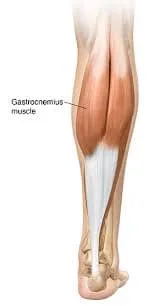
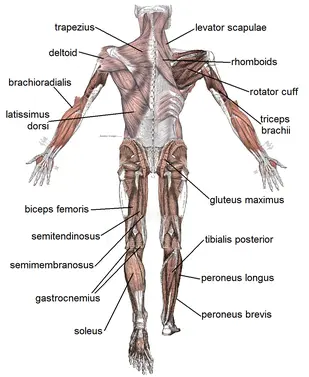
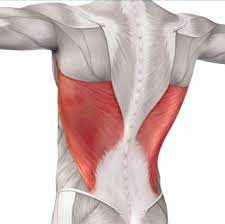
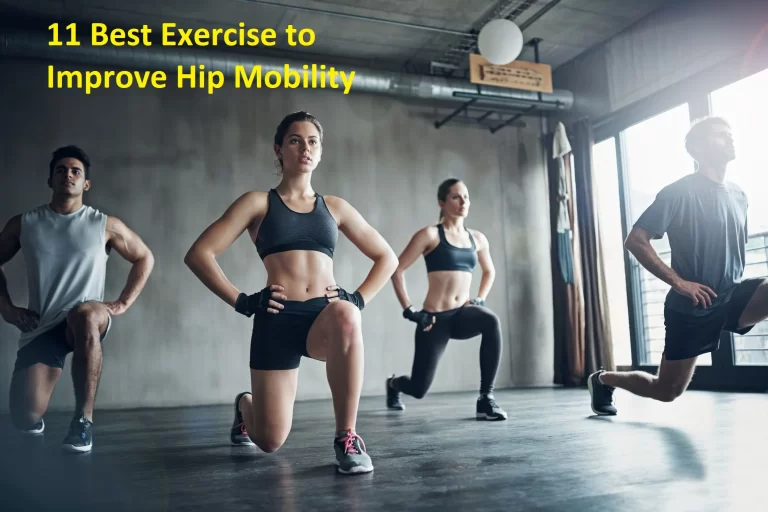
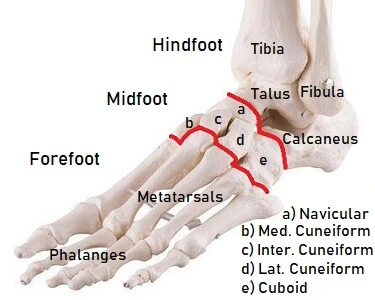

16 Comments